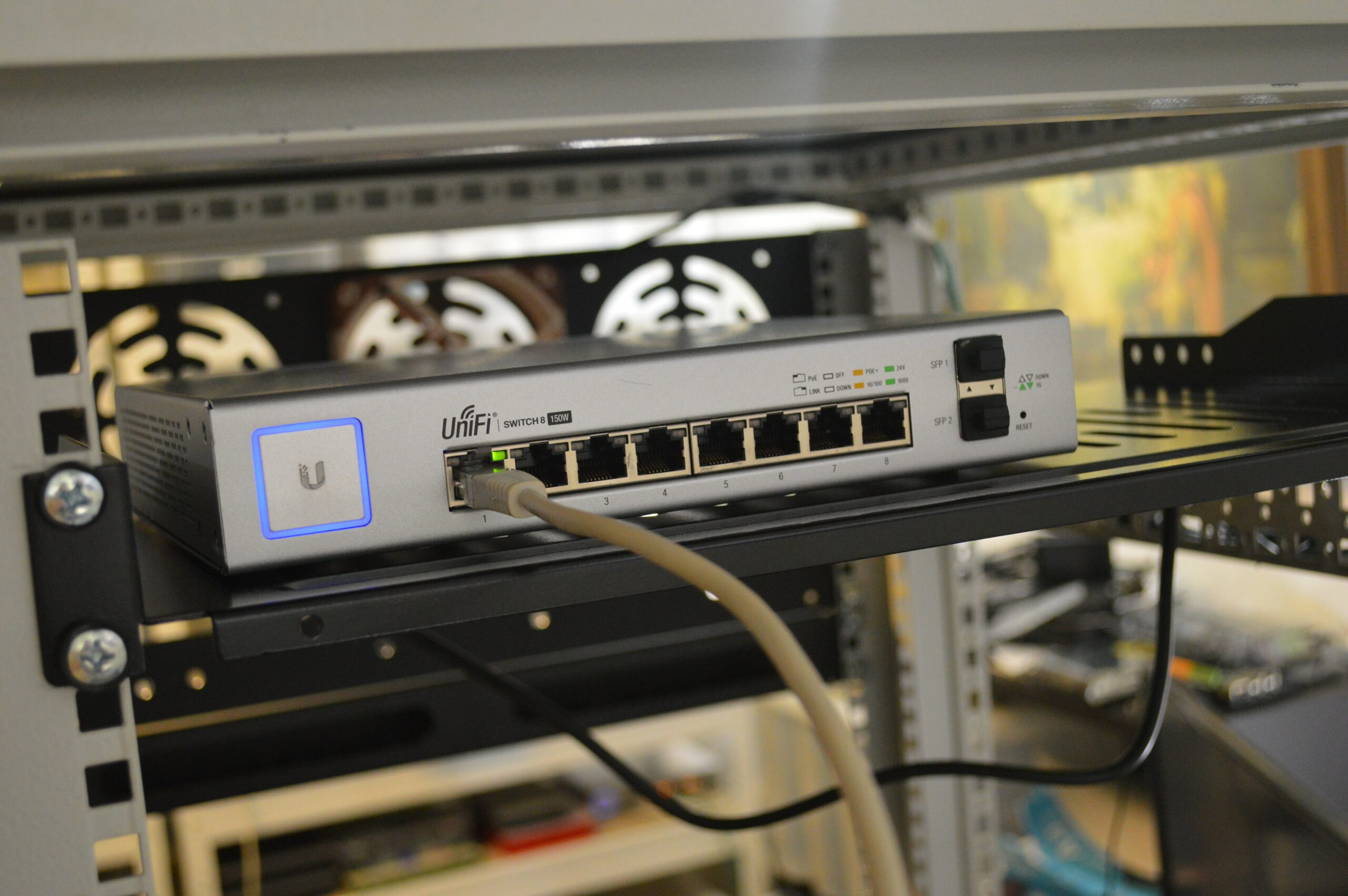
Challenges with Optimizing Distributed Enterprise Networks

In a perfect world, WiFi networks would just work. We wouldn’t worry about latency, jitter, security, dropped packets, or anything else. We would simply experience flawless and reliable WiFi any time, all the time.
However, we don’t live in a perfect world. While IT professionals work tirelessly to make and keep networks optimized, it is an ongoing process. Walk away for too long, and things can quickly go wrong. For professionals in charge of distributed enterprises’ WiFi networks, the challenges can be even more complex.
Let’s look at what exactly these networks are up against and how IT teams can turn the tide, keeping business productivity and operational efficiency high without going over budget.
What is a distributed enterprise?
Distributed enterprises consist of a number of independent but interconnected offices spread across multiple locations. A few common examples include a corporate headquarters and all its branch offices; an enterprise with multiple headquarters in different states or countries; or a company with warehousing and manufacturing facilities in different locations.
Each location’s network can be managed independently, but there will be resources and, often, IT teams shared amongst them.
Common WiFi optimization challenges for distributed enterprises
If a single WiFi network is complex, you can imagine what happens when you’re responsible for two or more. Each network will have similarities, but each will also have its own unique characteristics and constantly moving pieces. A brand’s reputation and quarterly earnings depend on every network being consistently reliable. Issues need to be minimized across all locations to keep things running smoothly.
Standing in the way of long-term optimization are the following challenges:
- Remote locations: How many WiFi network specialists does an enterprise employ? Probably not enough for every site to have one or more permanently onsite. This means that when issues arise, IT often has to spend time traveling to a location before troubleshooting can begin.
- Limited resources: As referenced above, there aren’t a limitless number of IT experts to go around. With multiple systems and unique use cases to master, IT has their work cut out for them. There are very few cookie cutter solutions when it comes to complex WiFi problems.
- Higher infrastructure costs: Enterprises that have to design and build multiple networks are facing more costs than a single business. This makes it even more important for these networks to need minimal upgrades and updates. In other words, the more future-proofed and scalable they are, the better.
- Difficult visibility: IT teams need complete visibility into every single network, but individual sites may only want visibility into their own network. There needs to be a way to meet both needs, keeping things organized and minimizing network mysteries.
- Varying requirements: Every site may have its own unique needs, but it isn’t cost-effective or efficient to require IT to learn how to use multiple different analytical tools. Distributed enterprises need easy-to-use, all-in-one tools that are vendor-agnostic.
How to overcome challenges and proactively optimize
The best place to start is with automation. Automation returns time and energy to enterprise IT teams by reducing their task load and improving troubleshooting times. In regards to distributed enterprise networks, we are specifically talking about AI-powered WiFi automation platforms.
In general, platform capabilities can include:
- Analysis of the entire WiFi network ecosystem, 24/7. This includes a business’s core network infrastructure and connected devices, as well as WiFi-and-non-WiFi sources of interference, including any nearby networks sharing the airspace.
- The ability to learn to recognize normal and abnormal network behavior.
- Automatic alerts sent to IT as soon as any issues occur, allowing teams to respond proactively rather than reactively.
In the case of the Wireless Intelligence Platform™ (WIP), companies around the world experience:
- 90% faster Mean-Times-to-Resolution
- 70% fewer WiFi problem tickets
- 80% fewer remote site visits
Here’s how the platform promotes network optimization.
Remote capabilities
WIP provides remote visibility and troubleshooting, allowing IT professionals to analyze network performance and resolve issues from any location at any time.
Actionable resolutions
WIP automatically alerts IT to existing and potential issues, and provides automatic alerts when network tests fail. These alerts include root cause identification and actionable analytics so that IT can resolve problems faster than ever.
Scalable
The platform is vendor-agnostic and can analyze and troubleshoot networks with hundreds to thousands of devices. Not only does this make it cost-effective, but it also reduces the training time needed for IT: once they know how to use WIP, teams can employ it at any site, regardless of a site’s WiFi vendor.
Complete visibility
The WIP IoT sensor has three WiFi radios, which allow it to analyze both the 2.4GHz and 5GHz frequencies nonstop, while also running network tests. This gives IT visibility into the entire network ecosystem at all times.
Historical wireless analytics
In addition to proactive, real-time analytics, WIP also automatically provides and saves historical wireless analytics. With this data, IT professionals can review network performance from the past day, week, or month, giving them complete insight into network health.
Teams can also use the data to review long-term trends for APs, client distribution, RF and client utilization, RSSI, non-WiFi interference, and noise level. This empowers decision makers to make cost-effective, personalized upgrade/update plans to keep the network optimized and future-proofed.
Time to get started
For distributed enterprises interested in boosting productivity and end user satisfaction, AI-powered WiFi automation is the answer. If you want to see the difference that WIP can make, request a free demo or trial now.

